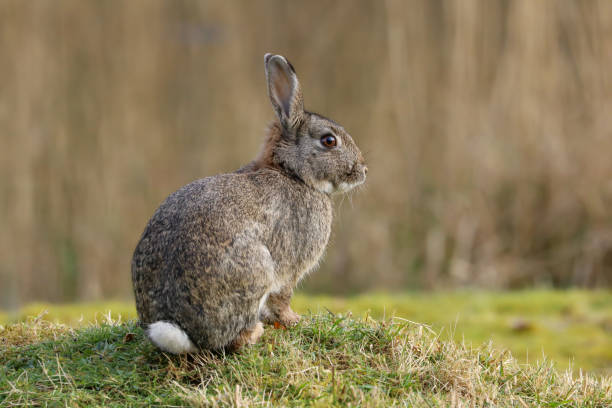- Joined
- Oct 26, 2021
- Messages
- 18
Hey, my name is Sarah. I’m not on here much, but I will hopefully be changing that as I am looking at making a winter garden and will be having lots of questions.
Today however, I am just extremely bored and I’m out of projects to do. So, Q & A it is.
I personally have 15+ years of rabbit raising experience. Through these years I have gained most of my knowledge through 4-H/rabbit shows and the people associated with that, and meat rabbit/show rabbit-based websites. In the last 3 years or so I have also started exploring the online pet communities as well (though I have had pets the entire 15 years) to broadening my knowledge on the mental and natural needs of rabbits, in hopes to one day start a colony that is as close to wild rabbit life as possible.
Ask any questions you may have, and I will answer them to the best of my knowledge, questions such as:
What’s the best meat rabbit breed?
What’s the best setup for XYZ environment?
What breed is my rabbit?
What should I feed my rabbit?
etc, etc.
edit: Feel free to quiz me if you already have rabbits/don't have questions, just for the fun of it.
Today however, I am just extremely bored and I’m out of projects to do. So, Q & A it is.
I personally have 15+ years of rabbit raising experience. Through these years I have gained most of my knowledge through 4-H/rabbit shows and the people associated with that, and meat rabbit/show rabbit-based websites. In the last 3 years or so I have also started exploring the online pet communities as well (though I have had pets the entire 15 years) to broadening my knowledge on the mental and natural needs of rabbits, in hopes to one day start a colony that is as close to wild rabbit life as possible.
Ask any questions you may have, and I will answer them to the best of my knowledge, questions such as:
What’s the best meat rabbit breed?
What’s the best setup for XYZ environment?
What breed is my rabbit?
What should I feed my rabbit?
etc, etc.
edit: Feel free to quiz me if you already have rabbits/don't have questions, just for the fun of it.
Last edited:

